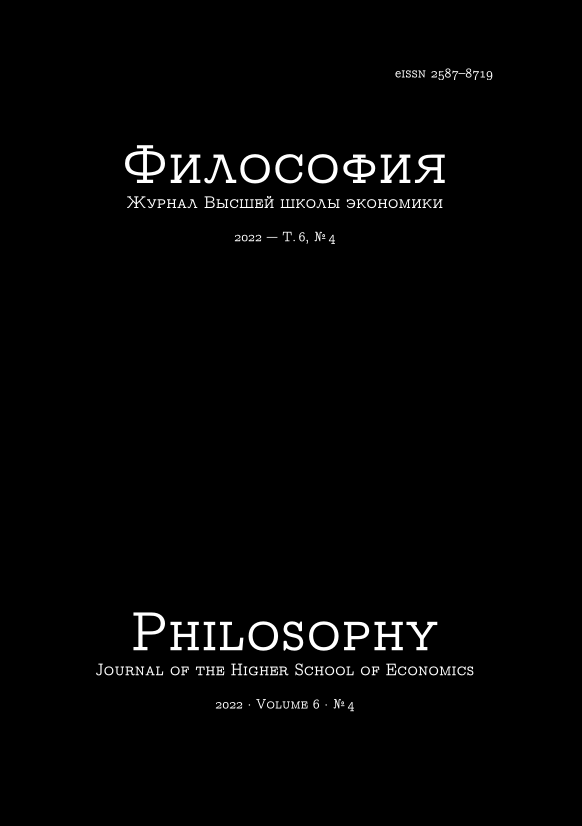Shepherd, Physician and Intercessor
The Specialization of Different Types of Authority in the Church in the Context of Practices of Confession in Byzantium (III–X centuries)
Abstract
The article deals with the problem of the proper language to describe the processes of evolution of penitential practices in Byzantium in the III–X centuries. The currently existing categorical apparatus describes these processes using the logic of power relations between one who says and one who hears confession, and appeals to the terms “charisma” and “office.” These tools give a specific perspective on a set of facts, seeing them as a testimony of a deep and irreconcilable conflict between actors in this field, and fails to describe the situation when no conflict may be discerned in the sources. In this article, we first show that “power-oriented” language is not typical for the authors of the period in question. We then propose our own model for describing the role-play relationship, centering around practices of repentance. Following C. Rapp, we suggest the concept of “authority” as the basis of this model, which we identify in three types: pastoral, therapeutic and intercessory. These types differ both in the type of interaction between the parties participating in confession and in their functionality within the framework of the phenomenon of repentance. This typology is accompanied by a description. The most notable personalities and examples of penitential interaction in the III–X century are classified according to these types.
Downloads
Copyright (c) 2022 Philosophy. Journal of the Higher School of Economics

This work is licensed under a Creative Commons Attribution-NonCommercial 4.0 International License.






